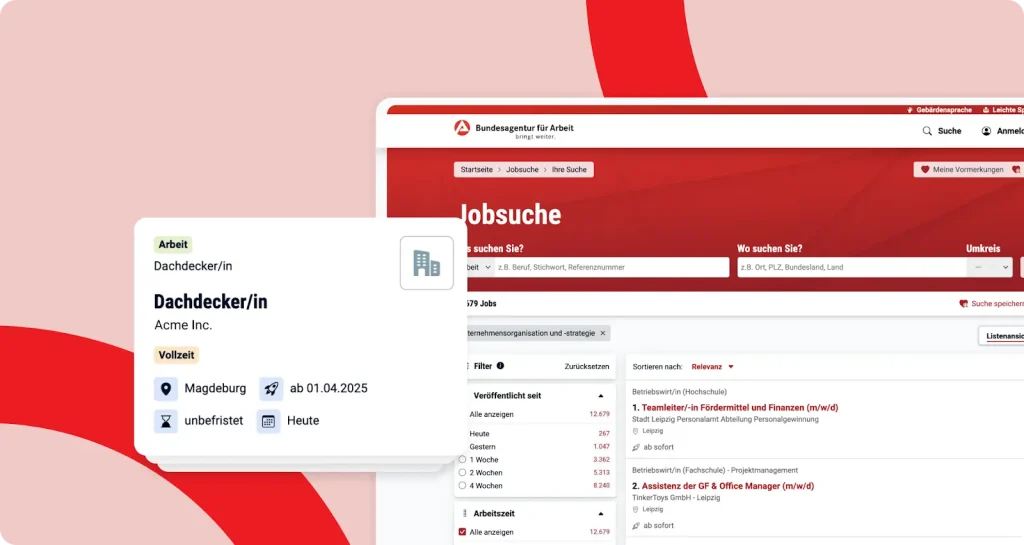Organisational structures – the lateral approach
Of course, it’s natural to want to hold onto your top talent, and it’s been the traditional way to build a business forever. But improving your company’s overall performance while increasing employee satisfaction can be as easy as sharing what you’ve already got with each other. You don’t want your employees to feel stuck or undervalued, which will lead to a much worse employee retention rate than letting them work with different departments and learn new things.
Sharing is caring
Using talent mobility can be one of the most beneficial and effective ways to improve the development and cultural enhancement within your organisation.
Building this culture and being open about it will make you look more attractive to outside potential new starters, as well. People want to work for managers who have a reputation for caring about their team members’ careers and actively help them improve and get better at what they do. For example, by providing soft skill training or hard skill training opportunities.
Doing so will encourage much better cross-functional collaborations, because more people will have worked together before and understand how best to communicate with different teams. It will encourage a lot more knowledge sharing, which is always a good thing for the improvement of everyone involved, and it will improve the communications across the company.
Too few companies and start-ups are working on having a more lateral organisational structure. Instead, they are either using the hierarchy system that we all know, but don’t really enjoy, or use the complete opposite, the non-hierarchy structure. This also doesn’t work so great as there can be more confusion about who the decision-makers are.
Of course, the first big advantage of having a more lateral team structure is that people will naturally be able to move around within different teams. Think of a lateral organisation structure as a big net-like formation with connections between everybody.
Another advantage is that you can have people that would like to stay within one role, as well as people that would like to move around and try different positions. This kind of structure also fosters an environment in which people are much more likely to share information and be open about the things they know. Knowledge sharing and learning is going to be much more beneficial than having experts only in one area each.
How to best implement movement
Since the pandemic, we have seen a shift in the way that people want to work. A lot more people either want to work remotely or want to try different roles and be more agile within an organisation so they can learn new things and work out where their skill set is best applied.
If your team members are understanding more about what they’re best at and what they enjoy then they’ll be much happier employees and better performers after learning more from other departments. This helps with a much better retention rate, plus new joiners will be open to learning new things and be passionate about knowledge sharing because you’ve fostered that appropriate culture atmosphere upfront.
You should also give managers an incentive to encourage them to work on their team members’ individual career development, instead of focusing on only how it will benefit the company or the team performance. You can do this by making it part of the review process or performance review. You should also announce this at company celebrations or presentations by saying how a manager or team leader has helped give an employee opportunities and pointing out how that has in turn helped the company as a whole.
It’s not only the team members that can benefit from moving around within the company, another technique is to have the team leaders and managers move around as well. This is usually a little more structured and it works best if they stay within their speciality. For example, a Content Manager team lead would stay within the Marketing department. Doing so gives team leaders a fresh perspective on how to lead and manage people by learning from others and working with new employees who may have different working styles.
The overall aim of sharing knowledge and team members across the company is to grow faster together and learn from each other. Of course, this isn’t impossible with alternative structures, but it makes it a lot easier when it’s encouraged.
Hannah Squire
Hannah was a Content Specialist at JOIN. During her time with us, she mostly wrote about improving company culture and building stronger teams.


